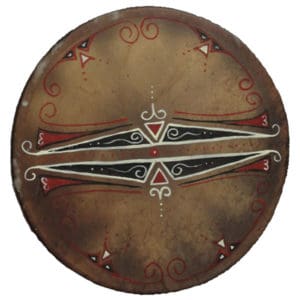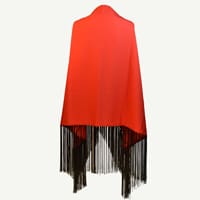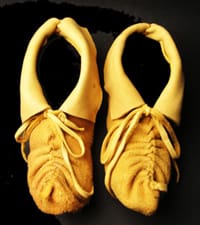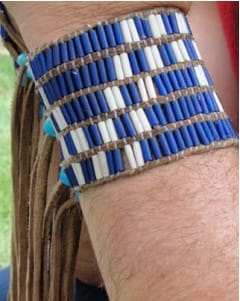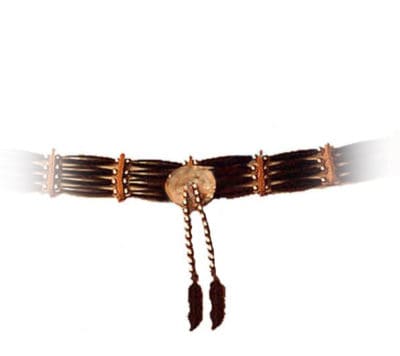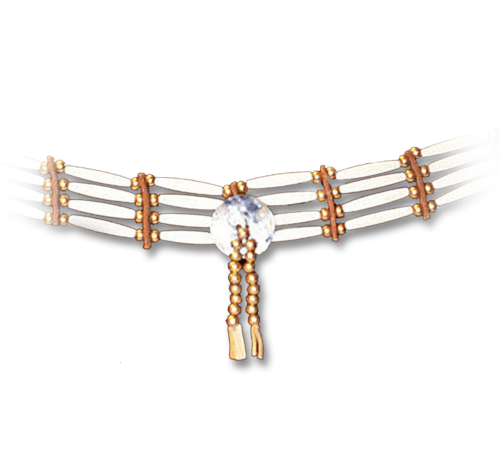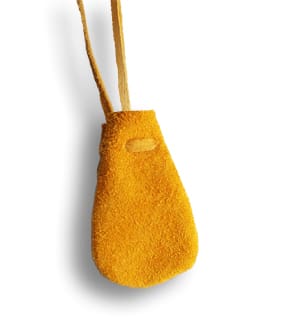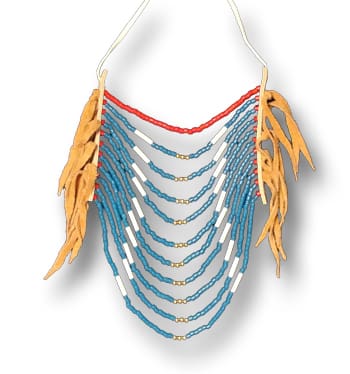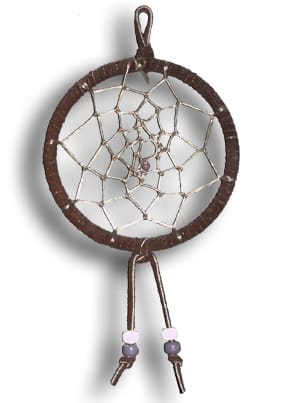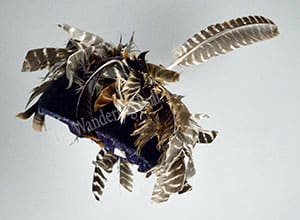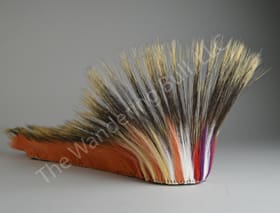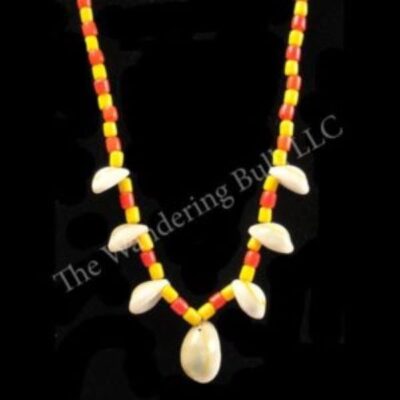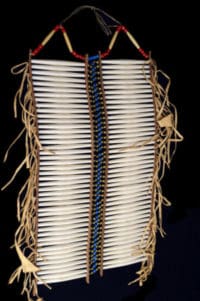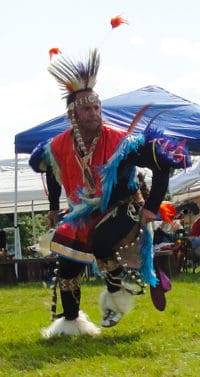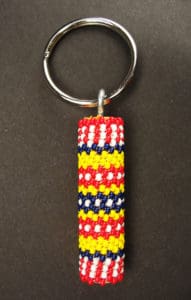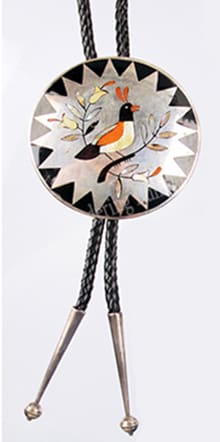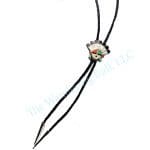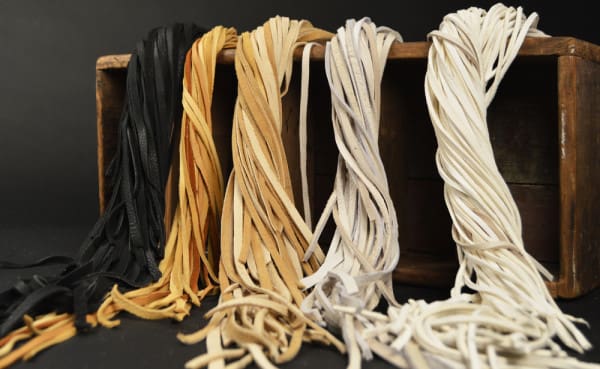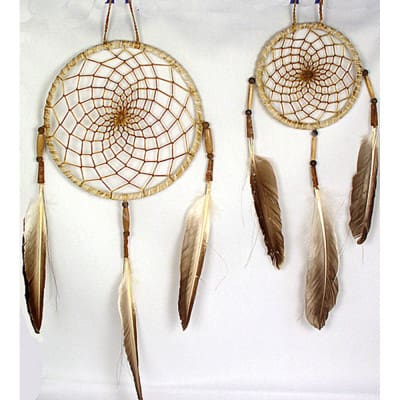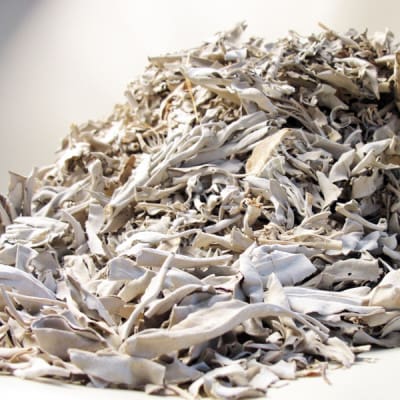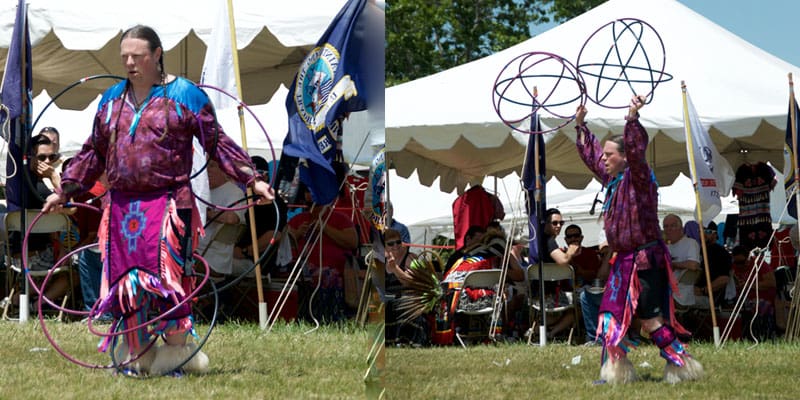
Learn to make inexpensive hoops that stand out
This article was originally published in Spring of 1988 in Whispering Wind Magazine by Art Tate.
The hoop dance is one of those special dances which enlivens any program or powwow. I have also found that it is a superb way to teach advanced Indian dancing to young people. Finding hoops can sometimes be a problem; and buying them can be expensive if you can find a source. This article will explain a simple, inexpensive and effective way to make hoops. And, of all the various hoops I have found, these are the most satisfactory for dancing.

